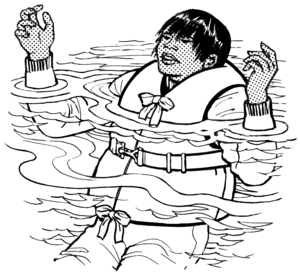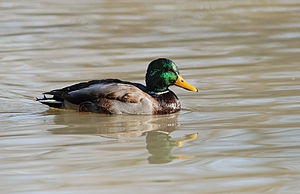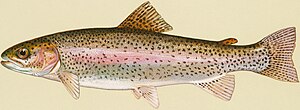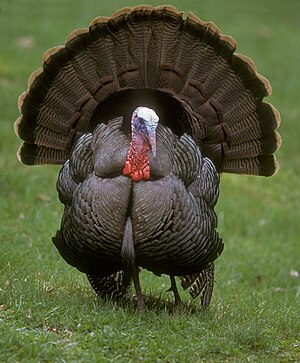 Image via Wikipedia
Image via Wikipedia
Anglers and hunters can protect themselves against hypothermia
PRATT — While pleasure boaters have winterized and stored their watercraft, avid waterfowl hunters and cold-weather anglers are gearing up for fall hunting and fishing seasons. But fall can be a dangerous time on the water. Most single-boat accidents take place this time of year, and with water temperatures cooling, these accidents can be deadly.
PRATT — While pleasure boaters have winterized and stored their watercraft, avid waterfowl hunters and cold-weather anglers are gearing up for fall hunting and fishing seasons. But fall can be a dangerous time on the water. Most single-boat accidents take place this time of year, and with water temperatures cooling, these accidents can be deadly.
One common mistake is overloading a small boat with people and equipment. Overloaded boats are unstable and can easily capsize or cause passengers to fall overboard into frigid water. Sudden immersion into cold water delivers a brutal shock to the body, triggering a spontaneous inhalation reflex — deadly if one’s head is under water. But wearing a life jacket can be enough to keep your head above water during an involuntary gasp, keeping lungs from filling with water.
In addition, the body loses heat 25 times faster in water than in air of the same temperature. Hypothermia begins with shivering and a loss of feeling in the extremities. Within minutes of being immersed in cold water, a person can become confused and lose muscle control. By keeping capsized boaters afloat, life jackets also enable them to conserve energy and get out of the water or be rescued.
The following simple steps can make a cold water boating expedition much safer:
- always wear a life jacket — new styles and camouflage patterns, including float coats, make wearing a life jacket much more comfortable;
- dress properly for the cold — layered clothing can provide insulation and trap air to hold warmth;
- avoid cotton clothing — wool and many synthetic materials are good choices, but cotton wicks cold water in toward the body;
- never boat alone; and
- let family members or friends know where you’re going and when you plan to return.
Boating can be an excellent way to hunt or fish in cold weather, but be safe. Planning ahead for the possibility of a cold water accident can save a life.













